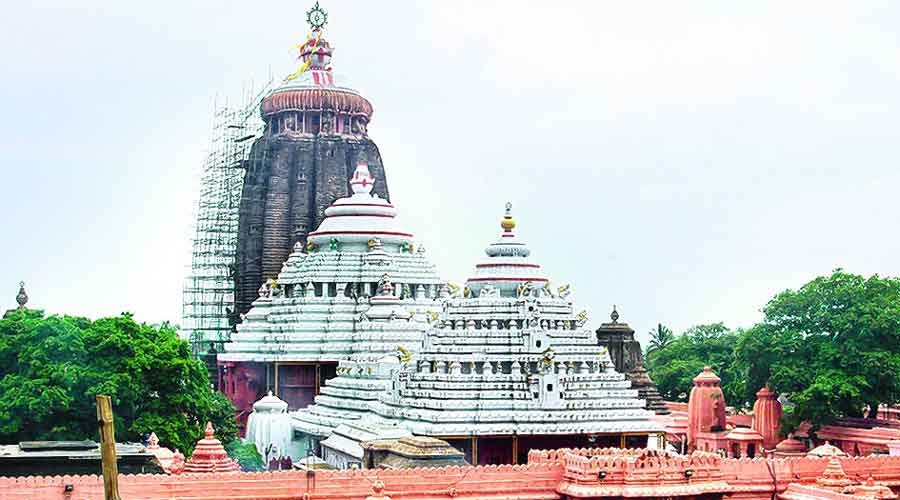Free Courses Sale ends Soon, Get It Now


Free Courses Sale ends Soon, Get It Now



Disclaimer: Copyright infringement not intended.
Context
What is the Puri Heritage Corridor Project?
What is the controversy about?
What has the ASI said?
State government respond
https://epaper.thehindu.com/Home/ShareArticle?OrgId=G4P9RM46G.1&imageview=0
© 2024 iasgyan. All right reserved